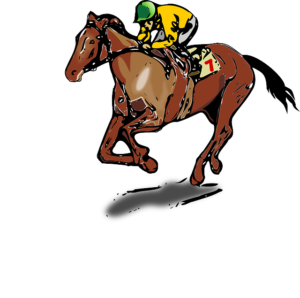Which is the fastest sprint course in Britain?
Of course, the minimum distance for Flat racing in Britain is five furlongs. The fastest sprint course in Britain is the five-furlong course at Epsom Downs Racecourse, situated on the North Downs in Surrey. Races over five furlongs start on a chute at the top of the home straight and head downhill for all bar the last half a furlong or so, before climbing to the finish line.
Nowadays, the standard time for five furlongs at Epsom is just 54.00 seconds, but the world record for that distance was recorded in the Epsom ‘Dash’ – a five-furlong handicap run on Derby Day in early June – in 2012. On that occasion, the 4-year-old Stome Of Folca, trained by John Best and ridden by Luke Morris, belied odds of 50/1 to win the race in a time of 53.69 seconds, or 1.31 seconds faster than the standard time at the time, at an average speed of 41.67 miles per hour. Indeed, the winning time was not only the fastest recorded anywhere in Britain since the advent of electronic timing, but also a new world record, as sanctioned by Guinness World Records.
 Although it has not been run over its traditionally advertised distance of 4 miles 4 furlongs since 2012, the longest horse race in Britain is still officially the Grand National at Aintree. In 2013, the National Course underwent a physical change when, in the name of safety, the position of the start of the Grand National was moved forward by approximately one hundred yards. The thinking behind the move was two-fold; in the first place, the revised start position meant that participants were further removed from the grandstands and distracting crowd noise and, in the second, reduced the distance over which horses could build up a ‘head of steam’ on the run to the first fence.
Although it has not been run over its traditionally advertised distance of 4 miles 4 furlongs since 2012, the longest horse race in Britain is still officially the Grand National at Aintree. In 2013, the National Course underwent a physical change when, in the name of safety, the position of the start of the Grand National was moved forward by approximately one hundred yards. The thinking behind the move was two-fold; in the first place, the revised start position meant that participants were further removed from the grandstands and distracting crowd noise and, in the second, reduced the distance over which horses could build up a ‘head of steam’ on the run to the first fence.